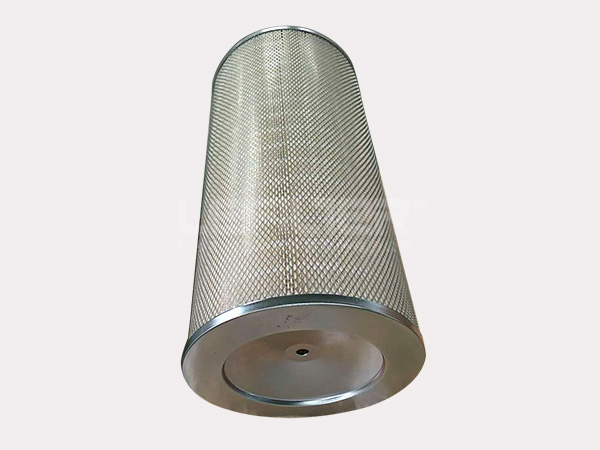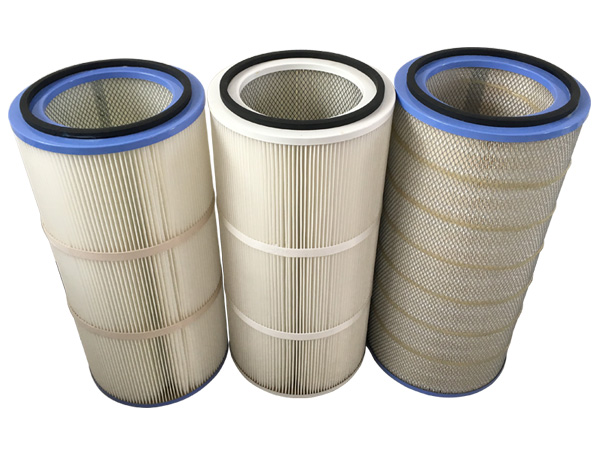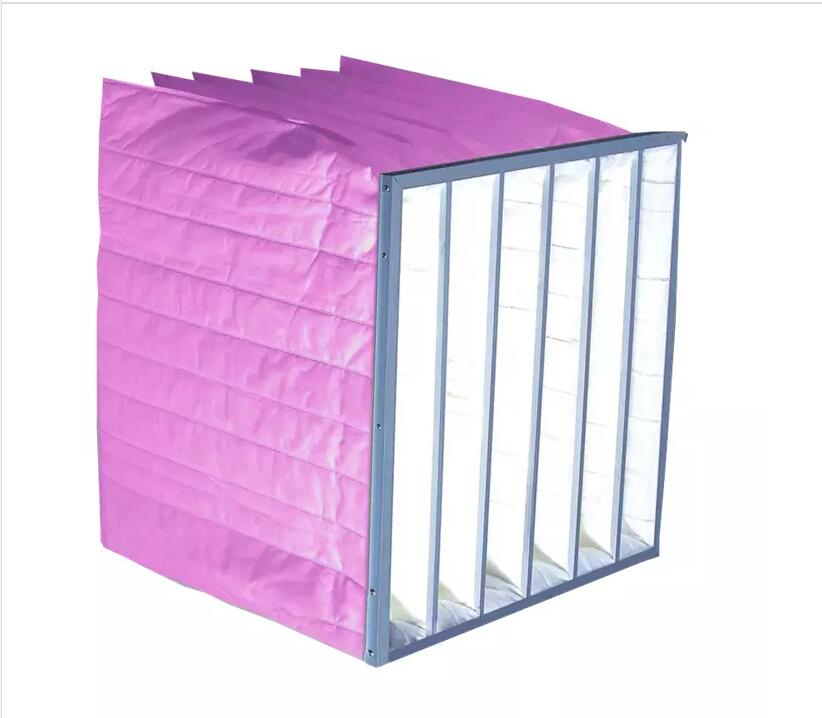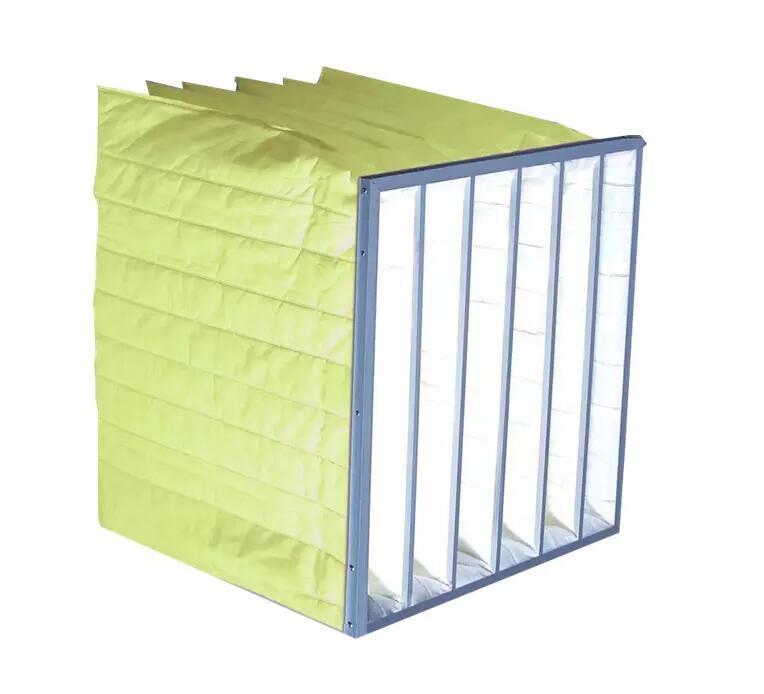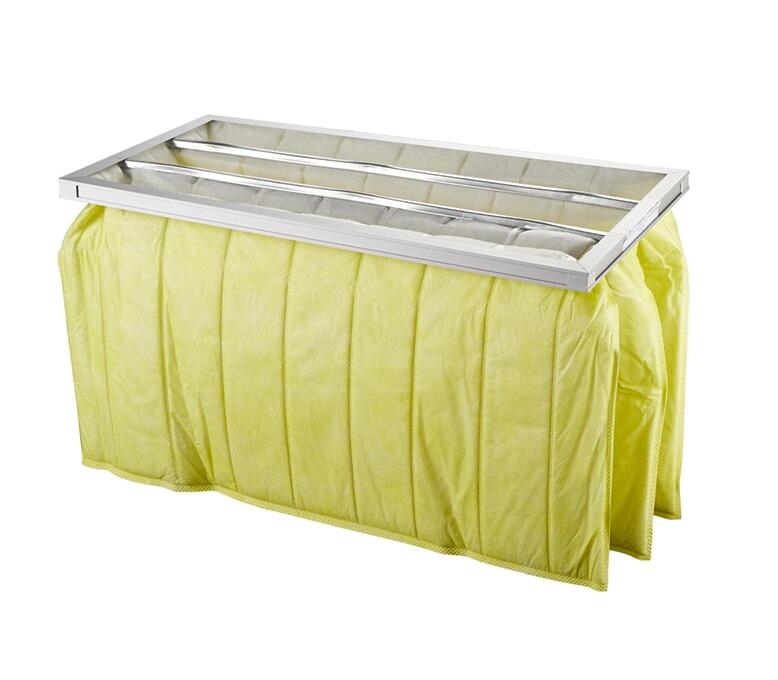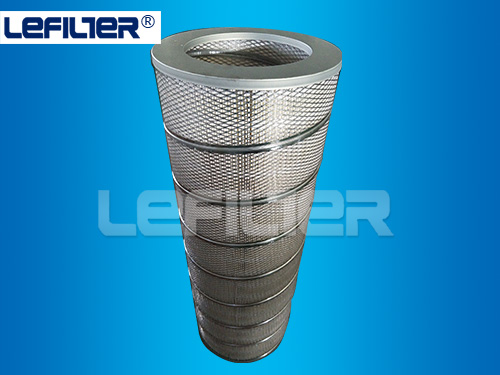Introduction
Air filter cartridges are essential devices used to purify and improve air quality by capturing and removing harmful particles. These cartridges are widely employed in various settings, from industrial environments to residential HVAC systems. This article aims to provide an in-depth look at air filter cartridges, including their introduction, working mechanism, components, technical specifications, and application fields.
Product Introduction
Air filter cartridges are cylindrical or conical devices designed to trap airborne contaminants such as dust, pollen, smoke, and microorganisms. They play a crucial role in maintaining clean air and protecting equipment in various applications. These cartridges are known for their high efficiency and durability, making them indispensable in industries such as manufacturing, automotive, and healthcare.
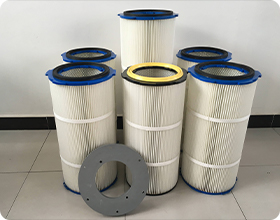
Working Mechanism
The primary function of an air filter cartridge is to filter out particulates from the air. The filtration process involves several mechanisms:
Mechanical Filtration: This is the most common method, where particles are physically trapped by the filter media. The media can be made of different materials, each designed to capture particles of varying sizes.
Electrostatic Attraction: Some air filter cartridges are designed with electrostatically charged fibers that attract and hold particles. This method enhances the filter's efficiency by capturing smaller particles that mechanical filtration might miss.
Adsorption: Activated carbon media within the filter can adsorb gases and odors, making air filter cartridges effective in applications where odor control is important.
Interception and Impaction: As air flows through the filter, particles collide with the fibers and get intercepted. This is particularly effective for capturing larger particles.
Product Components
Air filter cartridges consist of several key components, each contributing to the overall filtration efficiency:
Filter Media: The filter media is the core material responsible for capturing particles. It can be made from various materials, including fiberglass, synthetic fibers, cellulose, and activated carbon. The choice of media depends on the specific application and the types of contaminants to be removed.
End Caps: These are typically made from metal, plastic, or rubber and serve to seal the ends of the filter media. End caps provide structural integrity and ensure that air flows through the media rather than bypassing it.
Inner and Outer Cores: These perforated structures support the filter media and prevent it from collapsing under pressure. They are usually made from metal or plastic.
Gaskets: Gaskets are sealing components that prevent air from bypassing the filter media. They ensure that all air passes through the filter for proper filtration.
Pleat Support Bands: In pleated filter cartridges, these bands help maintain the shape and spacing of the pleats, maximizing the surface area for filtration and improving overall efficiency.
Technical Specifications
Understanding the technical specifications of air filter cartridges is crucial for selecting the right filter for a specific application. Key specifications include:
Filtration Efficiency: This measures the filter's ability to capture particles of different sizes. For instance, HEPA filters must capture at least 99.97% of particles as small as 0.3 microns.
Airflow Resistance: Also known as pressure drop, this measures the resistance the filter imposes on the airflow. Lower resistance is generally preferred as it allows for better airflow and reduces the energy consumption of the air handling system.
Dust Holding Capacity: This indicates the amount of dust the filter can hold before it needs to be replaced. Filters with higher dust holding capacity require less frequent maintenance and have a longer lifespan.
Dimensions: The size of the air filter cartridge must match the specifications of the system in which it will be used. Standard sizes are available, but custom sizes can also be manufactured to meet specific requirements.
Temperature and Humidity Resistance: The filter media and other components must withstand the operating temperature and humidity conditions of the application. Some filters are designed for high-temperature environments, while others are resistant to moisture and humidity.
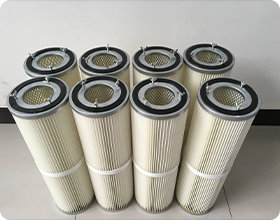
Application Fields
Air filter cartridges are used in a wide range of applications to improve air quality and protect equipment and processes:
HVAC Systems: In residential and commercial HVAC systems, air filter cartridges remove dust, pollen, and other airborne particles. This helps maintain a clean and comfortable indoor environment and protects HVAC equipment from damage.
Industrial Processes: In industrial settings, air filter cartridges protect sensitive equipment and processes from contaminants. They are essential in industries such as manufacturing, pharmaceuticals, and food processing, where clean air is critical for product quality and safety.
Automotive: In automotive applications, air filter cartridges are used in engine air intake systems to protect the engine from dust and debris. They are also used in cabin air filtration systems to improve the air quality inside the vehicle.
Cleanrooms: Cleanrooms require highly efficient air filtration to maintain strict cleanliness standards. HEPA and ULPA (Ultra-Low Penetration Air) filter cartridges are commonly used in cleanrooms to remove even the smallest particles and microorganisms.
Agriculture: In agricultural applications, air filter cartridges help protect livestock and crops from airborne contaminants. They are used in ventilation systems for animal housing and in greenhouses to maintain optimal growing conditions.
Healthcare: In healthcare facilities, air filter cartridges play a crucial role in preventing the spread of infections. They are used in operating rooms, isolation units, and other critical areas to maintain a sterile environment.
Compressed Air Systems: In compressed air systems, air filter cartridges remove oil, water, and particulates from the compressed air. This helps protect pneumatic equipment and ensures the quality of the compressed air.
Conclusion
Air filter cartridges are indispensable tools in maintaining clean and healthy air across various settings. By understanding their working principles, components, technical specifications, and application fields, we can appreciate the vital role they play in improving air quality and protecting health and equipment. Whether in residential, commercial, industrial, or specialized applications, air filter cartridges are essential for ensuring that the air we breathe is safe and clean.
Other Related Products:
Long Bag Offline Pulse Dust Collector
Single-machine pulse jet bag dust collector
Low Pressure Jet Pulse Bag Filter
{sval:sql sql='SELECT n_parameter FROM dede_addonarticle WHERE aid = ~aid~ ' } {/sval:sql}
{sval:sql sql='SELECT n_parameter FROM dede_addonarticle WHERE aid = ~aid~ ' } {/sval:sql}










